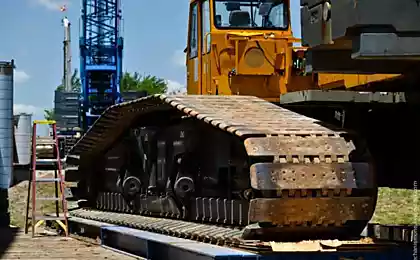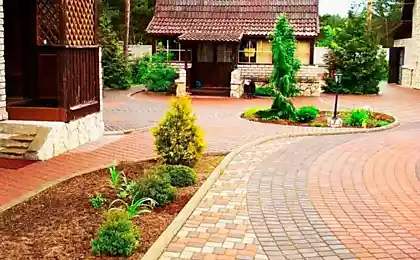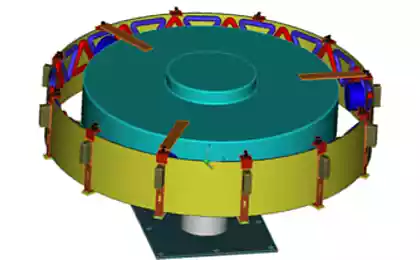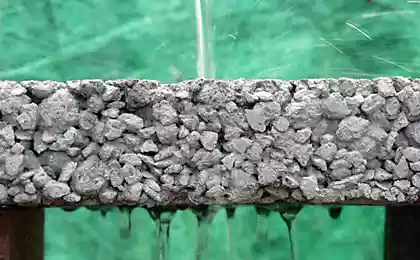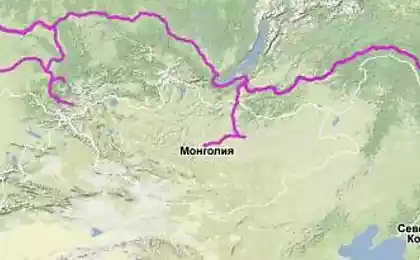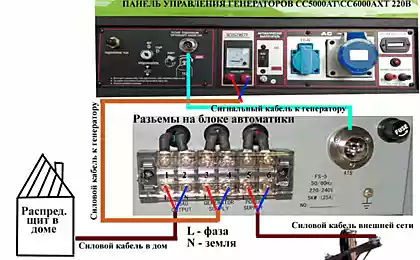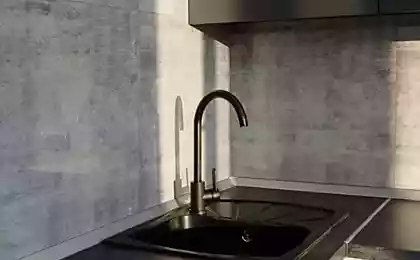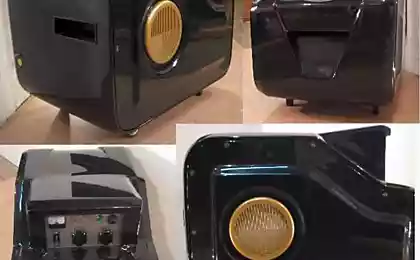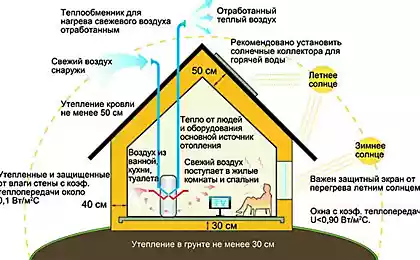525
Innovation in construction: samoistselyatsya concrete, the energy generating Windows and tracks
The construction industry develops with seven-League steps. Constantly there are materials with fundamentally new properties of energy-efficient technologies, fresh approaches to design. We offer a small overview of the looming trends.
1. Self-healing concrete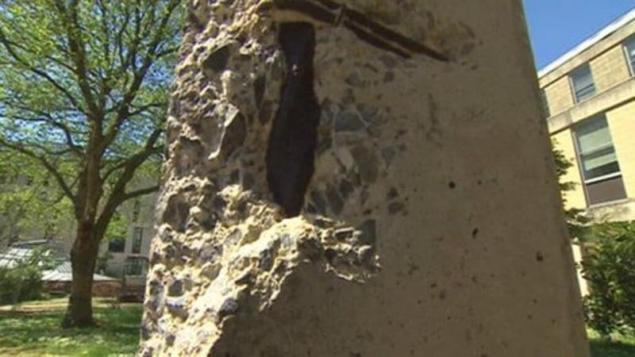
Cement is not only one of the most commonly used materials in construction, and one of the largest "suppliers" of carbon dioxide, which accounts for about 7% of the annual emissions into the atmosphere. In this design, is made on the basis of cement, are prone to cracking. This phenomenon is among the major problems during construction. Cracks appear under the influence of water and chemical reactions. Researchers from the University of Bath in the UK created and successfully developed a technology called "self-healing concrete using mixture containing special bacteria that reside in the special microcapsules. These microcapsules "grow" when water gets into cracks of concrete, and contribute to the formation of limestone. This creates a barrier to corrosion on steel reinforcement inside concrete structures.
2. Thermal bridging
One of the main problems of modern construction remains the thermal insulation of buildings. The construction industry is increasingly in need of effective thermal insulation materials. Most often, heat loss occurs through the so-called cold bridges or thermal bridges. These phenomena occur as in the stone houses and those made of timber or concrete. Currently in the construction came from the aerospace industry. Aerogel is a substance developed by NASA for cryogenic insulation, is considered one of the most efficient insulating materials. American company Thermablok has adapted this technology through the use of aerogel in a matrix of fiberglass. This innovation can be used for insulation of the frame house. This will allow more than 40% to increase the overall coefficient of thermal insulation of the building, reducing heat loss.
3. Photovoltaic glassGlazing in buildings integrated photovoltaic modules can help them to generate their own electricity even in countries of moderate climate with a small number of Sunny days. Companies such as Polysolar, are engaged in manufacturing transparent photovoltaic glass as a structural building material, which is then created Windows, facades and roof.
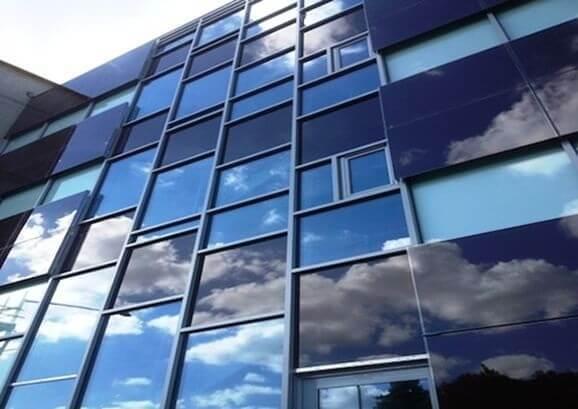
Panels of such glass energy efficient even for North-oriented vertical surfaces. While panels from Polysolar are characterized by high efficiency, which is reflected in the end on electricity bills. And the price of photovoltaic glass only slightly exceeds the cost of conventional. Although the cost of production and installation of the frame and the structure itself remain, the cost of lining or shading cease to be relevant.
4. Energy from walking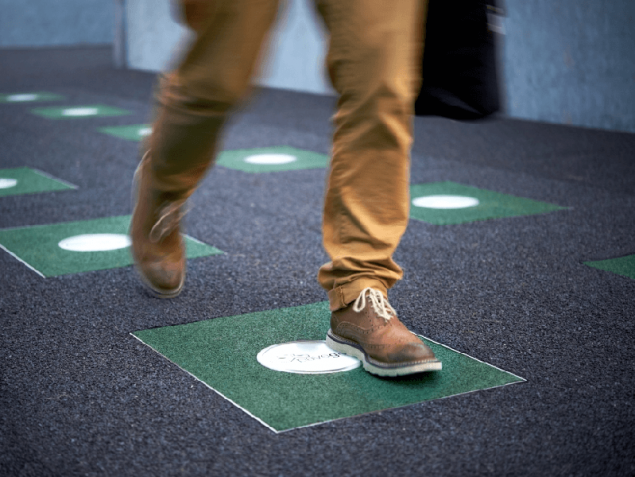
Power generation while walking is another rapidly developing technology. Company Pavegen have developed an innovative design which, with a special flooring that can generate electricity from traffic passing over the flooring people. This innovative development can be used both indoors and on streets with high traffic volume. Energy generation from motion of pedestrians occurs by special technology using the piezoelectric effect and electromagnetic induction.
As well as using mahovikova energy accumulating system. It is expected that the novelty will be used in transport hubs and other places where there are large flows of people. To date, the largest project of the company implemented in the stadium in Rio de Janeiro by crowds of fans, the energy activates the floodlights installed around the perimeter of the field. In parallel, the company Pavegen in test mode uses your "flooring" in London Canary Wharf, where it produces energy for street lighting.
5. Generating road Italian startup Underground Power explores the potential conversion of the kinetic energy of moving vehicles into electric roads. Scientists have created a development called Lybra, which is a rubber coating similar to the material for the manufacture of tires, which is capable of generating an electric current.
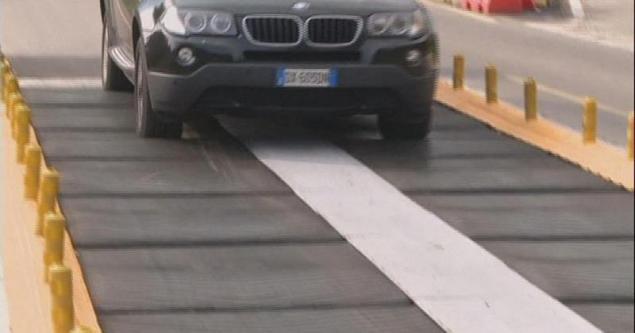
Created at the Polytechnic University of Milan, Lybra collects energy generated when braking the vehicle and then converts it into electricity. Which is then fed into the grid. We emphasize that Lybra not only generates energy but also improves road safety, but also ensures the stability of transport flows. published
P. S. And remember, only by changing their consumption — together we change the world! ©
Join us in Facebook , Vkontakte, Odnoklassniki
Source: estp-blog.ru/rubrics/rid-24657/
1. Self-healing concrete

Cement is not only one of the most commonly used materials in construction, and one of the largest "suppliers" of carbon dioxide, which accounts for about 7% of the annual emissions into the atmosphere. In this design, is made on the basis of cement, are prone to cracking. This phenomenon is among the major problems during construction. Cracks appear under the influence of water and chemical reactions. Researchers from the University of Bath in the UK created and successfully developed a technology called "self-healing concrete using mixture containing special bacteria that reside in the special microcapsules. These microcapsules "grow" when water gets into cracks of concrete, and contribute to the formation of limestone. This creates a barrier to corrosion on steel reinforcement inside concrete structures.
2. Thermal bridging

One of the main problems of modern construction remains the thermal insulation of buildings. The construction industry is increasingly in need of effective thermal insulation materials. Most often, heat loss occurs through the so-called cold bridges or thermal bridges. These phenomena occur as in the stone houses and those made of timber or concrete. Currently in the construction came from the aerospace industry. Aerogel is a substance developed by NASA for cryogenic insulation, is considered one of the most efficient insulating materials. American company Thermablok has adapted this technology through the use of aerogel in a matrix of fiberglass. This innovation can be used for insulation of the frame house. This will allow more than 40% to increase the overall coefficient of thermal insulation of the building, reducing heat loss.
3. Photovoltaic glassGlazing in buildings integrated photovoltaic modules can help them to generate their own electricity even in countries of moderate climate with a small number of Sunny days. Companies such as Polysolar, are engaged in manufacturing transparent photovoltaic glass as a structural building material, which is then created Windows, facades and roof.

Panels of such glass energy efficient even for North-oriented vertical surfaces. While panels from Polysolar are characterized by high efficiency, which is reflected in the end on electricity bills. And the price of photovoltaic glass only slightly exceeds the cost of conventional. Although the cost of production and installation of the frame and the structure itself remain, the cost of lining or shading cease to be relevant.
4. Energy from walking

Power generation while walking is another rapidly developing technology. Company Pavegen have developed an innovative design which, with a special flooring that can generate electricity from traffic passing over the flooring people. This innovative development can be used both indoors and on streets with high traffic volume. Energy generation from motion of pedestrians occurs by special technology using the piezoelectric effect and electromagnetic induction.
As well as using mahovikova energy accumulating system. It is expected that the novelty will be used in transport hubs and other places where there are large flows of people. To date, the largest project of the company implemented in the stadium in Rio de Janeiro by crowds of fans, the energy activates the floodlights installed around the perimeter of the field. In parallel, the company Pavegen in test mode uses your "flooring" in London Canary Wharf, where it produces energy for street lighting.
5. Generating road Italian startup Underground Power explores the potential conversion of the kinetic energy of moving vehicles into electric roads. Scientists have created a development called Lybra, which is a rubber coating similar to the material for the manufacture of tires, which is capable of generating an electric current.

Created at the Polytechnic University of Milan, Lybra collects energy generated when braking the vehicle and then converts it into electricity. Which is then fed into the grid. We emphasize that Lybra not only generates energy but also improves road safety, but also ensures the stability of transport flows. published
P. S. And remember, only by changing their consumption — together we change the world! ©
Join us in Facebook , Vkontakte, Odnoklassniki
Source: estp-blog.ru/rubrics/rid-24657/
